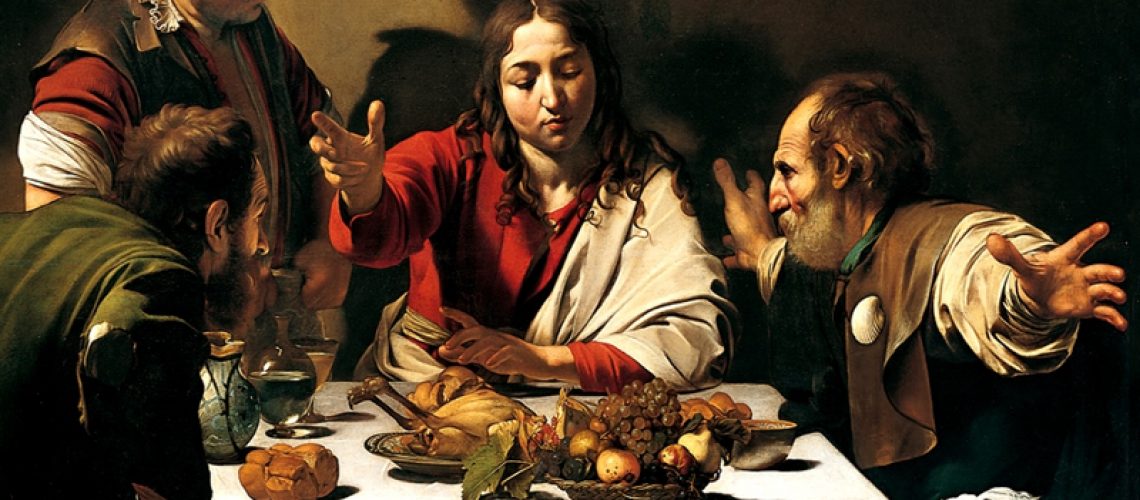A very bad guy. A quarrelsome wrangler. Even worse than that: a murderer. Yet one of the most important painters in the art history: Caravaggio, whom you can see in Rome many masterpieces.
Caravaggio: the fugitive
With Caravaggio we could definitely tell that sometimes the chaos effect works for good…
It is 1592: Michelangelo Merisi da Caravaggio is 21 years old and already in trouble with the law. He flees Milan to Rome because involved in an incident with a police officer who is left wounded by the young Michelangelo.
In Milan Caravaggio had started the apprenticeship as a painter to Simone Peterzano, formerly an apprentice of Titian.
Caravaggio in Rome: not a good start…
When he arrives in Rome, with no money and – it seems – barely naked, Caravaggio will work for a while for Giuseppe Cesari, at that time a famous painter, Pope Clement VIII’s favourite one.
While he is a Cesari’s apprentice Caravaggio paints “Ragazzo che monda un frutto” – Boy Peeling Fruit, the first Caravaggio’s acknowledged paint, the start of a lightning and stormy career.
While his whole life will be a mess, Caravaggio is not only a genius of painting, but the right guy at the right time in the right place as well.
The Catholic church needs a rethinking of its art to react the Protestantism.
Caravaggio’s attention to realistic details and a dramatic interpretation of reality via the use of Chiaroscuro seem to be the perfect fit for the job; furthermore, Caravaggio is in Rome, the center of Christianity.
He secures a lot of commissions for religious works, sometimes with problems because the realism of its art is so harsh that the customer can’t cope with it, for example when Caravaggio uses a prostitute as a model for the “Morte della Vergine” – Death of the Virgin painting.
Caravaggio in Rome: not a good end as well…
Meanwhile Caravaggio’s life is wild as usual.
In 1606 he kills a guy, Ranuccio Tomassoni, in a brawl.
Caravaggio, the most important and popular painter in Rome at the moment, is on the run again: he flees to Naples, then he will be in Malta, in Sicily, in Naples again.
He will die in 1610, on his way back to Rome, maybe poisoned.
In less than twenty years Caravaggio revolutionized painting, and his work waits for your visit in the Galleria Doria Pamphilj, Galleria Borghese, the Vatican Museums, Palazzo Barberini, Santa Maria del Popolo, Sant’Agostino and the outstanding San Luigi dei Francesi with three paintings: The Calling of St. Matthew, The Martyrdom of St. Matthew, St. Matthew and the Angel.

